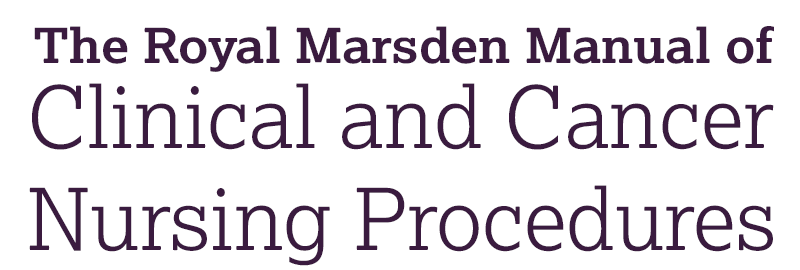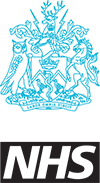Chapter 15: Medicines optimization: ensuring quality and safety
Skip chapter table of contents and go to main content
15.7 Medication: administration by inhalation using a nebulizer
Essential equipment
- Personal protective equipment
- Recording sheet or book as required by law or hospital policy
- Patient's prescription chart, to check dose, route, etc.
- Electronic identity check equipment, where relevant
- Face‐mask or mouthpiece
- Nebulizer and tubing
- Measuring equipment, e.g. needles and syringes (if relevant)
Medicinal products
- Medication required
- Materials and equipment for reconstitution and/or dilution (if relevant)
Pre‐procedure
ActionRationale
- 1.
Introduce yourself to the patient, explain and discuss the procedure with them, and gain their consent to proceed.
- 2.Wash hands with bactericidal soap and water or an alcohol‐based handrub.
- 3.Assist the patient into an upright position, if possible in bed or a chair.To permit full expansion of the diaphragm and facilitate effective inhalation (Jevon et al. [146], E).
- 4.Before administering any prescribed drug, look at the patient's prescription chart and check the following:
- the correct patient is being given the drug
- drug
- dose
- date and time of administration
- route and method of administration
- diluent as appropriate
- validity of prescription
- signature of prescriber
- the prescription is legible.
To ensure that the correct patient is given the correct drug in the prescribed dose using the appropriate diluent and by the correct route (DH [61], C; RPS [317], C).To protect the patient from harm (DH [61], C).If any of these pieces of information are missing, unclear or illegible, do not proceed with the administration. Consult with the prescriber.To prevent any errors occurring. E
Procedure
- 5.Take the medication and the prescription chart to the patient. Check the patient's identity by asking them to state their full name and date of birth. If the patient is unable to confirm these details, then check the patient identity band against the prescription chart. If an electronic identity check system for the patient and/or medicine identification is in place, then use it in accordance with hospital policy and procedures. Check the patient's allergy status by asking them or by checking the name band.To ensure that the medication is administered to the correct patient and prevent any errors related to drug allergies (NPSA [262], C).
- 6.Administer only one drug at a time unless specifically instructed to the contrary.Several drugs used together may cause undesirable reactions or may inactivate each other (Jordan et al. [149], E).
- 7.Assemble the nebulizer equipment as per the manufacturer's instructions.To ensure correct administration. C
- 8.Measure any liquid medication with a syringe. Add the prescribed medication and diluent (if needed) to the nebulizer.To ensure the correct dose is given (DH [64], C).
- 9.Attach the mouthpiece or face‐mask via the tubing to medical piped air or oxygen as prescribed.To ensure it is ready to use when switched on. E
- If the patient has a clinical need for supplementary oxygen therapy, oxygen therapy must not be discontinued while the nebulizer is in progress. In this situation the drug should be nebulized with oxygen therapy. The patient should receive continuous pulse oximetry for at least the duration of the nebulizer treatment.
To ensure the patient maintains their target saturation (Jevon et al. [146], E).b. If the patient is hypercapnic or acidotic (e.g. chronic obstructive pulmonary disease), the nebulizer should be driven by medical air, not oxygen. To avoid worsening hypercapnia (NICE [242], C). - 10.Ask the patient to hold the mouthpiece between their lips or apply the face‐mask and take a slow, deep breath.To promote greater deposition of medication in the airways (Potter and Perry [289], E).
- 11.After inspiration, ask the patient to pause briefly and then exhale.To improve the effectiveness of the medication. E
- 12.Turn on the piped air or oxygen and ensure a sufficient mist is formed. A minimum flow rate of 6–8 L per minute is required.
- 13.Ask the patient to continue to breathe as above until all the nebulized medication has been used (0.5 mL will remain in the chamber). Optimal nebulization of 4 mL takes approximately 10 minutes.To ensure all medication has been received. ETo ensure the medication is effective. E
Post‐procedure
- 14.If appropriate and prescribed, recommence oxygen therapy at the appropriate dose.To continue the patient's required therapy (Jevon et al. [146], E).
- 15.Clean any equipment used and/or discard all single‐use disposable equipment in appropriate containers.
- 16.Record the administration on the appropriate charts.To maintain accurate records, provide a point of reference in the event of any queries and prevent any duplication of treatment (RPS [317], C).





